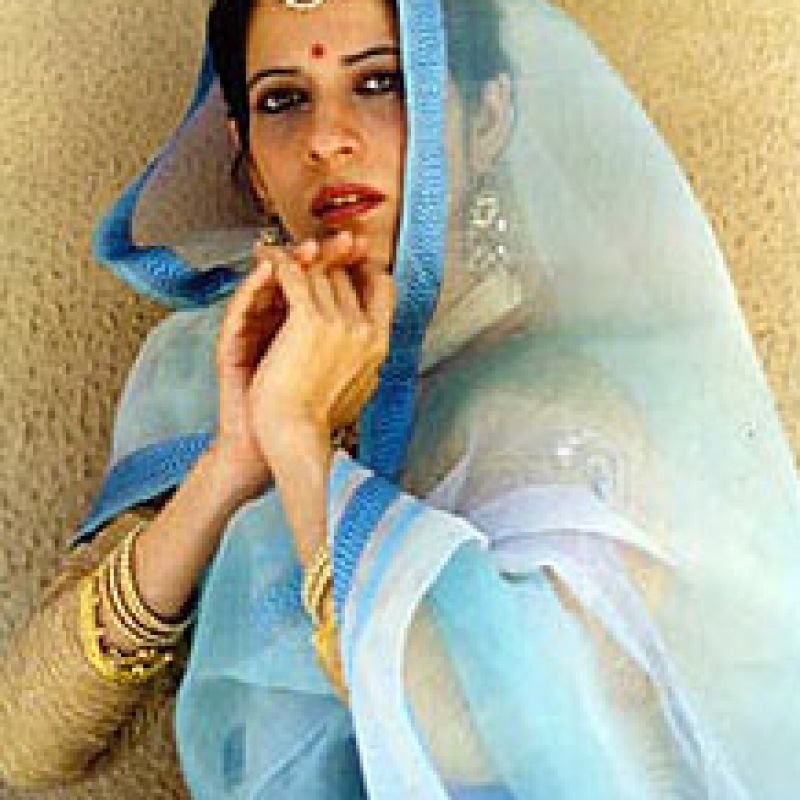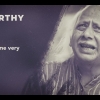The recent announcement of the Sangeet Natak Akademi Awards for the year 2012, where Aditi Mangaldas was selected in the Creative and Experimental Dance category, and her subsequent rejection of the award have initiated an interesting and much-needed debate on the categories of ‘tradition’ and ‘contemporary’ dance in India. To the naked eye the two groups seem to exist in worlds that are quite apart from one another – there’s not much dialogue between them, little camaraderie and quite a few differences.
The lines seem quite well drawn. There are the ‘Indian classical’ dances, which according to the Sangeet Natak Akademi include Bharatanatyam, Kathak, Kathakali, Kuchipudi, Manipuri, Mohiniyattam, Odissi and Sattriya based on Bharata’s ‘Natya Shastra’ and shaped by the socio-political histories of the regions they come from. And then there is ‘contemporary’ dance, which can be largely defined as an ‘exploration of the total movement potential of the body’. Some of the features of contemporary dance are abstraction as opposed to narration, non-linearity and an absence of any figurative or emotional references.
The conferring of the award on Aditi Mangaldas and her rejection of it clearly indicate that as in the case of most binaries, the traditional-contemporary divide has its grey areas, which provide a space for a creative exchange of ideas and inquiries for those willing to engage in them.
In her letter explaining her reasons for declining the honour Mangaldas states: “All my work has been in the field of Kathak, 80% of which is in the classical idiom and 20% is contemporary work, which is also strictly rooted in Kathak. Over the years, I have persevered towards preserving, making it relevant, letting it harmoniously and homogeneously evolve, helping the stream of Kathak to expand and be ever rejuvenating and full of energy and life.”
While urging for a broader discussion on this, she says, “This is perhaps the right moment to introspect about what exactly is meant by ‘Kathak.’ Recently, the Kathak Kendra, the National Institute of Kathak Dance and a constituent unit of the Sangeet Natak Akademi, held a festival in which a young dancer was made to change her publicity material as her photograph portrayed her without a dupatta. The letter issued to her, stressed that she abide by a certain form of “Vesh – bhusha”. We need to beware of such authoritarian decrees. Wearing of a dupatta is not an essential hallmark of Kathak but a question of aesthetics, relevance and context, which the artists themselves must have the prerogative to choose. We need to distinguish between what is extraneous and what is quintessential to the art form.”
Echoing this sentiment, Sunil Mehra writes: “Implicit in the specious categorisation of her award was a dismissal of the hard, much lauded work of the dazzling Kathak soloist and star pupil of Kathak greats, a la Birju Maharaj and Kumudini Lakhia. The award under the very arbitrary category to Mangaldas is even more mystifying considering the same government body didn’t find (presumably) any contradiction in awarding a prize decades earlier, for classical Kathak to her iconoclastic guru, Lakhia, who, in the seventies, broke every rule in the Kathak book and proclaimed famously: “There CAN be Kathak sans Krishna”!
Questioning the attempt at a false historicisation of Kathak, especially by the Kathak Kendra, Mangaldas asks, “When you say traditional, what does one mean? How far back in history do we go? The structure of the Kathak ang, musical accompanying instruments, literature, ambience, presentation, costumes have all undergone constant evolution and refinement. Kathak has developed and grown, adapted, changed with a change in context to the community or the ambience. It has been enhanced by the relentless inputs of great artists and dancers. Each dancer, albeit from different gharaanas, has constantly expanded the vocabulary of Kathak, “Aaharya” being an integral part of this change.”
She further inquires, “Would you not agree that there is no absolute in what we call traditional? But in fact an evolution in which many factors play a part. Additions, for instance the introduction of the Tarana, intricacies in rhythmic permutations, new musical instruments including the tabla, stitched garments, non-mythological literature were also incorporated and transformed while keeping the broader sensibility and spirit of the form.
Anjana Rajan, writing in The Hindu says, “The debate has less to do with rejecting the ‘contemporary’ tag and more with the ability of classical artistes to accept each other’s creativity within a tradition. Aditi feels that by categorising her work as outside of Kathak, the apex Government body for the classical performing arts is signalling that the artiste who strays from the presentation format and conventions laid down over the last 50-odd years will be considered to have deviated from the art entirely.”
This brings us to one of the interesting aspects of this debate: unlike many classical dancers, who would respond to being categorised as contemporary dancers as if it were an insult, Mangaldas has actually stated her deep appreciation for contemporary dance. She says, “People like Astad Deboo, Uttara Asha Coorlawala, Daksha Sheth have done serious work in the contemporary space and actually toiled to evolve a new dance idiom and vocabulary. I claim no space on that turf because I’m a mere starter here. My life’s work has been in other domains.”
It is this position that sets her apart from many of her classical contemporaries, including some who have defended her decision, such as Bharatanatyam dancer, Pratibha Prahlad. In her article ‘Roots of creativity’, Prahlad says it is her belief that, “all dance is creative; all dance is contemporary. Every legitimate dancer creates all the time, even if she is typecast a conventional, classical dancer.” She further goes on to say: “Contemporary dance in India has survived as a genre, only because classical dancers did not object to the use of “creative and contemporary” as something different from what they practise.”
It is quite apparent that although both Mangaldas and Prahlad are on the same page, their reasons for being so, are vastly different. While the first part of Prahlad’s argument that all dance is creative is easy to accept, the second part might need further interrogation. Can every dance form in India be called contemporary just because it is being performed in the here and now? Is the category as easily dispensable as being a mere a fashion statement, rather than a wholly different approach and understanding of dance? Does this attitude not reflect a certain territoriality on the part of some within the classical dance community – an unwillingness to share space with those who too speak the language of dance but in an altogether different dialect?
Although it is true that contemporary dance is still a vastly unexplored language in India, there are many dancers attempting to interpret it through the medium of their bodies and this can easily be witnessed in their body of work. Many of these dancers have earlier worked with dancer-choreographer Chandralekha and have been influenced by her lifelong quest for the meaning of dance in our increasingly alienated lives. She was one of the most passionate and articulate voices within this debate and had clearly identified the need for more honest discussions within the dance community.
Contemporary dancer, Padmini Chettur, who worked with Chandralekha for over a decade, does agree with one aspect of Prahlad’s argument. She says, “Where Pratibha has a point is that we do label dancers who make slight deviations from the classical as ‘contemporary’ and this perhaps creates confusion to the larger debate of what is contemporary itself. There is an urgent need for much more detail in these terminologies, if indeed we want to use terminology. To my mind the contemporary in dance must necessarily question and problematise not only the classical form but also the very premise of body, aesthetic and politic that it subscribes to. It is not merely the telling of a new story but must challenge and rewrite the alphabet and the grammar itself.
In a sense, the dance world is a late entrant into this deliberation: practitioners in other cultural disciplines, whether they be art, or music, or theatre and so on, have been actively questioning and probing their art forms for quite some time now, in an attempt to as Mangaldas says “ensure that that this gushing water is always rejuvenated by fresh input from today’s performers. Only the substantial will remain, all else will fall away like dead skin.” It remains to be seen whether this incident will spark off a ‘dance spring’ in India or be quickly consigned to the dubitable history books.
References:
1. Mehra, Sunil, ‘Creative vs classical: The mystifying divide’, The Times of India, Crest Edition, January 26. Available from http://www.timescrest.com/culture/creative-vs-classical-the-mystifying-divide-9671
2. Rajan, Anjana, ‘A contemporary punch’, The Hindu, January 25. Available from http://www.thehindu.com/features/friday-review/dance/a-contemporary-pun…
3. Mangaldas, Aditi, ‘One step ahead, two steps behind’, Tehelka, January 24. Available from http://www.tehelka.com/2013/01/one-step-ahead-two-steps-back/
4. Mangaldas Aditi, ‘Roses and thorns’, Narthaki blog, January 22. Available from http://www.narthaki.com/info/rt/rt53.html
5. Prahlad, Pratibha, ‘Roots of creativity’, The Hindu, January 25. Available from http://www.thehindu.com/features/friday-review/dance/roots-of-creativit…













